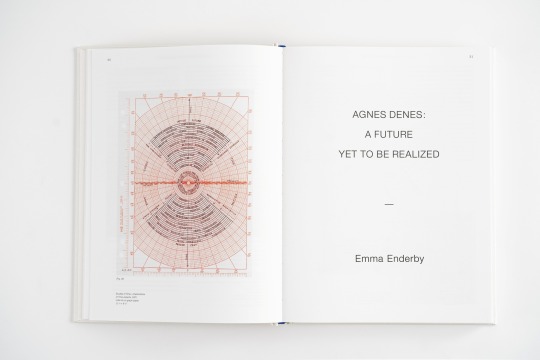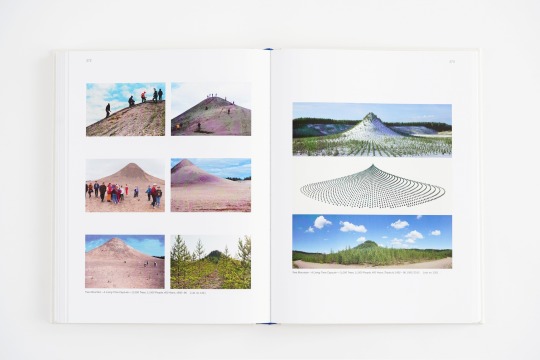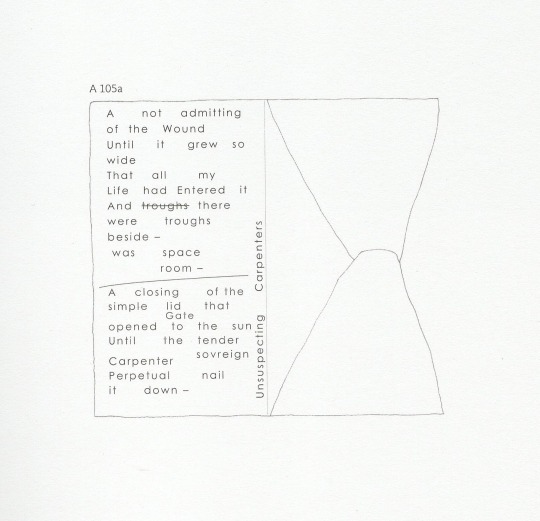#tellingthemethod
Explore tagged Tumblr posts
Photo

Seale Yasmine, Erasures from the Thousand and One Nights, Istanbul, 2020.
«What was loaned? We have a receipt and a title, but no text. The book itself, written in Arabic not in Hebrew, earthly not divine, was not buried, and has been lost. Or rather, it went the way of all human speech: it was subject to change, censorship, embroidery, misremembering and adaptation. Whatever it may have meant in twelfth-century Cairo, the Nights has never been a stable thing, and has never stopped changing shape. It is a loose collection of stories with no single author, altered and passed on by editors and compilers, translators and scribes, each of whom has enhanced, cut and shaped it over the centuries. No one can say what the Nights is: are there forty stories or two hundred? Which ones are authentic? What does that even mean? Its earliest incarnation was already a reworking of a Persian text, which itself adapted material from India, China and elsewhere. From the beginning, the Nights has been in perpetual translation.».
#radicantattitude#design#art#literature#indeterminacy#erasure#dialogicpoetry#ruleandchance#tellingthemethod#yasmineseale#2020s
77 notes
·
View notes
Photo



Duchamp Marcel, (1934) La mariée mise a nu par ses célibataires même (Grand Verre), Édition Rrose Sélavy (the artist), Paris, © 2020 Artists Rights Society (ARS), New York / ADAGP, Paris / Estate of Marcel Duchamp.
#radicantattitude#design#art#anti-cartesio#collecting#wander#poetry#tellingthemethod#tellingthetime#box#marcelduchamp#1934s#2020s
27 notes
·
View notes
Photo

Cage John, Mylar Overlay for Fontana Mix, 1981.
#radicantattitude#design#art#music#indeterminacy#ruleandchance#fluxus#visualpoetry#musicnotation#drawings#tellingthemethod#johncage#2010s
16 notes
·
View notes
Photo

Sussman Rachel, Sidewalk Kintsukuroi, 2017.
#radicantattitude#design#artandcraft#imperfection#aesthetics#kintsukuroi#poetry#tellingthemethod#installations#rachelsussman#2010s
7 notes
·
View notes
Photo





Denes Agnes, Absolutes and Intermediates, Exhibition Catalog, The Shed, New York, fall 2019. [Photo: Emanuel Hahn]
#radicantattitude#design#art#designofchance#antidisciplinary#poetry#tellingthemethod#ecologiesofimagination#agnesdenes#2019s
3 notes
·
View notes
Photo

Dickinson Emily, The Gorgeous Nothings, edited by Jen Benvin Marta Werner with a contribution by Susan Howe, New York, New Directions, 2013.
#radicantattitude#design#anti-cartesio#indeterminacy#poetry#tellingtherelations#tellingthemethod#correspondence#collection#books#emilydickinson#2013s
2 notes
·
View notes
Photo





Le Lionnais François, Le second Manifeste; in Oulipo, La littérature potentielle (Créations Re-créations Récréations), Gallimard, Paris, 1973, pp. 23-27.
#chance#combine#poetry#oulipo#manifesto#narrativelanguage#tellingthemethod#françois le lionnais#1973
2 notes
·
View notes
Photo

Calvino Italo, (1969) The Castle of Crossed Destinies, Translated from the Italian by William Weaver, Harvest/HBJ Book / Helen and Kurt Wolff Book, Harcourt Brace Jovanovich, Publishers, San Diego – New York – London, 1979, p. 98.
The book shows how a finite number of elements whose combinations are multiplied in a billion: thus a pack of tarot could throw up any number of tales, but then we have how do we tell the stories, is it through the words of the narrator or the pictures on the cards how do we decide where to go when the same card with a different number appears in different stories.
#radicantattitude#design#literature#mathematics#tarot#ruleandchance#poetry#tellingtherelations#tellingthemethod#oulipo#combinepoetry#books#italocalvino#1960s#1970s
2 notes
·
View notes
Photo

Seale Yasmine, Erasures from the Thousand and One Nights, Istanbul, 2020.
[...] Like the sonnet, lipogram or haiku, erasure is a form of constrained writing. A poem is composed not from the pool of all possible language but only from the words that appear on a given page. Then again, how many writers draw on all possible language? Is composition ever not constrained? We slip into grooves of grammar. Vocabularies set like jelly. [...] Produced alongside my own version of the Nights, these erasures have become a playful way of reading and working against Lane, who was a prolific eraser himself. He redacted the erotic content of the stories and filled the void with detailed annotations, an approach described by Edward Said as “the imposition of a scholarly will on an untidy reality”. Shuffled and reconstellated, the text is returned to its untidiness. [...] These poems arise from the belief that each page contains, latent, the whole story of the Nights, as if Shahrazad had encrypted her own life in the work and even in its translations. As if she were transmitting messages about herself in invisible ink. The gesture feels sacrilegious, but maybe the mistake is to regard the text as sacred in the first place. The Nights are not petroglyphs but a river, ever changing in the same bed. I take my cue from Borges: I think that the reader should enrich what she is reading. She should misunderstand the text. She should change it into something else’.
#radicantattitude#design#art#literature#indeterminacy#erasure#dialogicpoetry#ruleandchance#tellingthemethod#yasmineseale#2020s
1 note
·
View note
Photo

Gins Madeline, Word Rain (or A Discursive Introduction to the Intimate Philosophical Investigations of G,R,E,T,A, G,A,R,B,O, It Says), Grossman Publishers, New York, NY, 1969.
#radicantattitude#design#art#play#typography#concretepoetry#fluxus#tellingthemethod#madelinegins#books#1969s
1 note
·
View note
Photo

Denes Agnes, Wheatfield–A Confrontation: Battery Park Landfill, Downtown Manhattan, with Agnes Denes Standing in the Field, 1982.
#radicantattitude#design#art#designofchance#antidisciplinary#poetry#tellingthemethod#ecologiesofimagination#agnesdenes#1982s
1 note
·
View note
Photo

Malcolm Janet, The Perils of Magic (from The Emily Dickinson Series) 2013. [Bookstein Projects, New York, NY]
#radicantattitude#design#ruleandchance#visualpoetry#tellingthemethod#collage#janetmalcom#emilydickinson#2013s
1 note
·
View note
Photo

Plessi Fabrizio, Una spugna elettronica, 1973.
#radicantattitude#design#art#dada#poetry#ruleandchance#explosion#aesthetic#geometry#grid#tellingthemethod#printsanddrawings#fabrizioplessi#1970s
1 note
·
View note
Photo

Queneau Raymond, Cent mille milliards de poèmes, Gallimard, Paris, 1961.
#radicantattitude#design#literature#mathematics#ruleandchance#tellingthemethod#oulipo#combinepoetry#books#raymondqueneau#1960s
1 note
·
View note
Photo

Seale Yasmine, Erasures from the Thousand and One Nights, Istanbul, 2020.
« Last year, in a café near where I live in Istanbul, I noticed an old book on a shelf. It was the kind of place that seemed to have bought its books by the metre to decorate the walls, so I asked if I could keep the volume that had caught my eye: a cheap edition of Edward Lane’s translation of The Thousand and One Nights, first published in 1838. I took the book home and began to deface it. Thus began a project of erasure, excerpted overleaf, which has grown alongside my work on a new translation of the text. The earliest surviving evidence of a work by that name is a receipt from a Jewish bookseller in twelfth-century Cairo, recording the loan of something called Alf layla wa layla, a thousand nights and a night. The receipt has survived because of the medieval Jewish belief that anything written in Hebrew script, even a receipt, was sacred, and therefore could not be destroyed even long after the text had served its purpose. For over a thousand years the Jews of Cairo kept every word they wrote, religious and secular, poetic and personal, and buried it all in a cemetery, or geniza..».
#radicantattitude#design#art#literature#indeterminacy#erasure#dialogicpoetry#ruleandchance#tellingthemethod#yasmineseale#2020s
1 note
·
View note
